Mossad’s history of elaborate hits: From kidnapping Adolf Eichmann to shooting Tehran’s top nuclear weapons scientist with a satellite-controlled robot machine gunner, how the Hezbollah pager attack was just the latest show of ruthless Israeli ingenuity
Yesterday’s deadly pager attack that killed nine people and injured more than 2,700 in Lebanon has been blamed on Israel.
There was widespread panic and chaotic scenes in the southern suburbs of Beirut, the Bekaa Valley and southern Lebanon. In neighbouring Syria, 14 people were injured in the explosions, the Britain-based Syrian Observatory for Human Rights said.
More than 2,750 people were injured in Lebanon and more than 300 are in critical condition after pagers belonging to the banned terror group Hezbollah exploded within an hour of each other yesterday afternoon.
The scenes of terror in Lebanon and Syria were reportedly caused by the shadowy Israeli intelligence agency Mossad, which worked with the Israeli military to plant explosives in the pagers.
The Mossad has a long history of large-scale stunts on foreign soil. The organization first came to prominence after the daring 1960 arrest of high-ranking Nazi Adolf Eichmann, one of the chief architects of the Holocaust.
After the agency received a tip that Eichmann, who had fled Germany in the final days of World War II, was hiding in Buenos Aires, Argentina, they sent a top investigator to search for clues.
After weeks of investigation, the sick Nazi was located and identified. He was living as a laborer in the capital of Argentina, under the name of “Ricardo Klement.” He led a quiet and peaceful life, in stark contrast to the misery and suffering he inflicted on millions of people.
Mossad became notorious after its daring capture of high-ranking Nazi Adolf Eichmann (pictured) in 1960
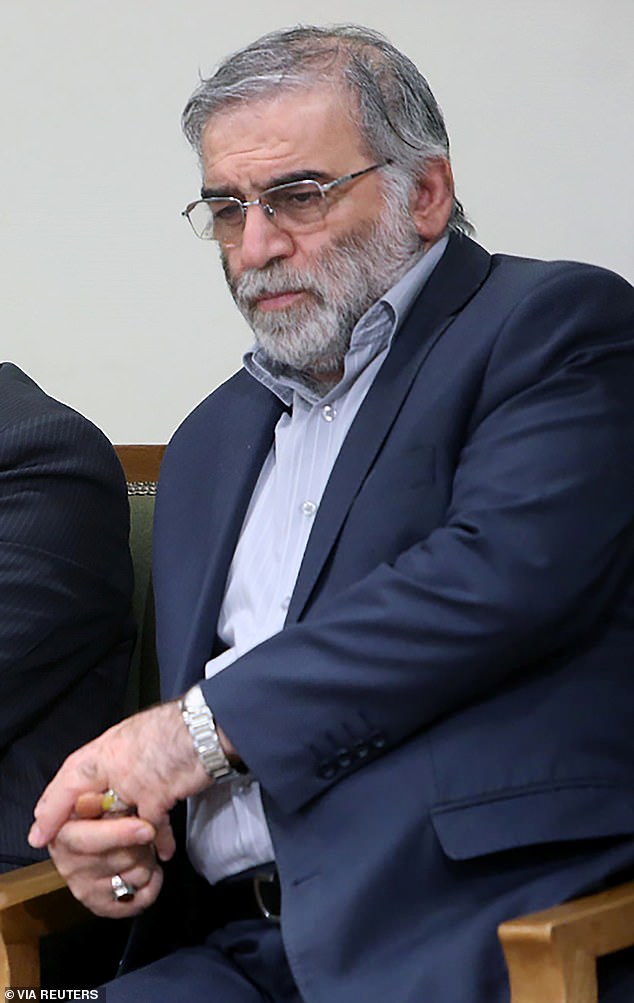
Mossad assassinated Mohsen Fakhrizadeh (pictured), head of Iran’s nuclear program in 2020
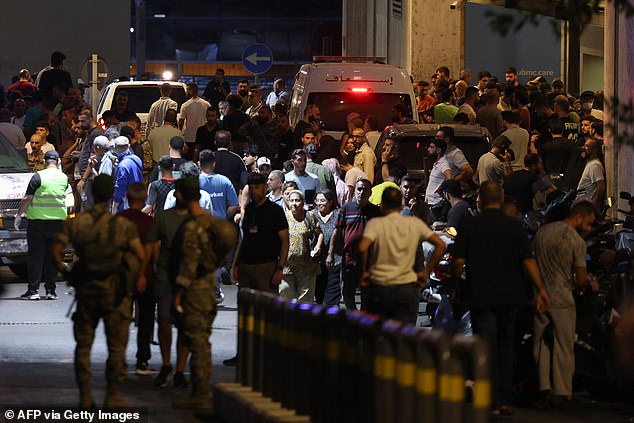
More than 2,750 people were injured across Lebanon, and more than 300 people are in critical condition
Then-Israeli Prime Minister David Ben-Gurion estimated that Argentina would probably not formally extradite Eichmann, so he ordered the Mossad to kidnap him and bring him to Israel to face trial for his crimes.
On May 11, 1960, Eichmann was approached by Mossad agents as he was returning home from work on the bus. They approached him and asked if he had a moment, before laying him on the ground, putting him in a car, covering him with a blanket, and driving him to a safe house that had been prepared for his arrival.
He was held there for nine days while detectives attempted to definitively establish his identity.
He was then drugged and put on an El Al flight back to Israel with a false passport, where he was tried for his crimes.
While Eichmann is perhaps the best-known example of a Mossad target, the agency has witnessed many more high-profile, and even deadlier, incidents.
The most notable event occurred in 2020, shortly after the US took out Iranian General Qasem Soleimani, when the Mossad assassinated Mohsen Fakhrizadeh, head of Iran’s nuclear program.
Fakhrizadeh headed Iran’s uranium enrichment program and the military’s research and development department.
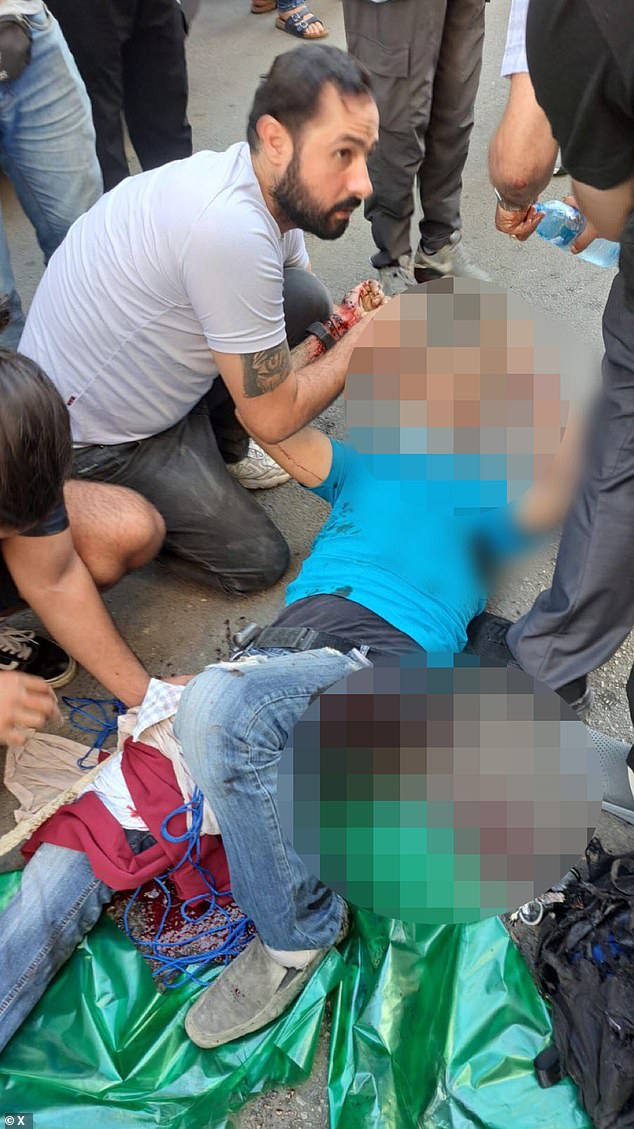
The shocking incident left dozens of Hezbollah members seriously wounded in southern Lebanon and the capital Beirut.
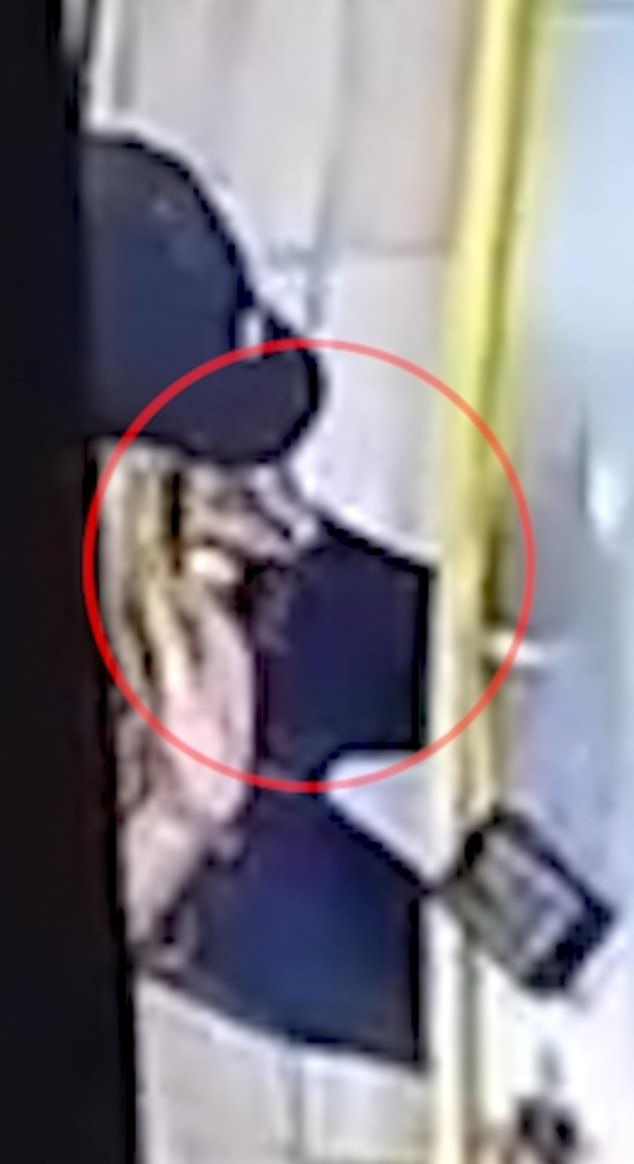
The beepers were seen exploding all over Lebanon
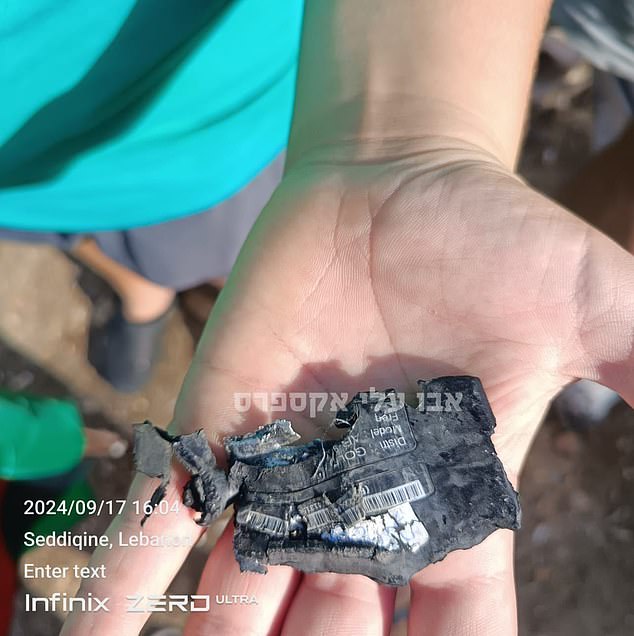
It is believed that the pagers were filled with explosives by the Mossad
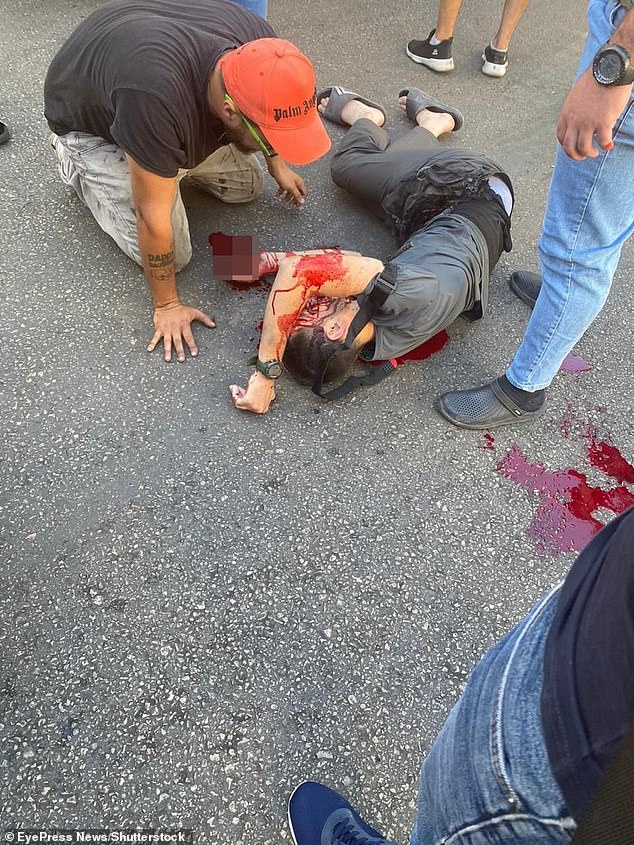
Thousands of people, both Hezbollah members and civilians, were injured
On November 27, 2020, he was murdered while driving on a country road near Tehran.
Although the exact details of his death are in dispute, it is believed he was killed by a remotely operated machine gun fired from the back of a car that pulled up next to him.
According to one report, he was shot 13 times from a distance of 150 meters before the car exploded with the gun confirmed by Ali Shamkhani of Iran’s National Security Council.
The Mossad and the IDF were also reportedly involved in the pager bombings on Tuesday.
The security service and the army are said to have filled the pagers, which Hezbollah had ordered from a Taiwanese company called Gold Apollo. one or two ounces of explosive material, together with a detonator.
The detonators were activated at around 3.30pm local time (1.45pm UK time) on Tuesday after a report was received a message as if it came from the top of Hezbollah. But instead, the message activated the explosives.
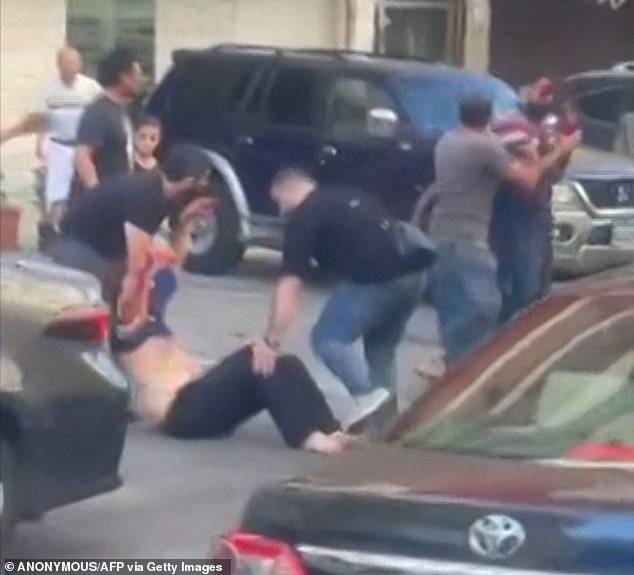
A clip from a UGC video posted on social media on September 17, 2024, shows men covered in blood in the southern suburbs of Beirut after dozens of members of the Hezbollah group were injured when their pagers exploded.
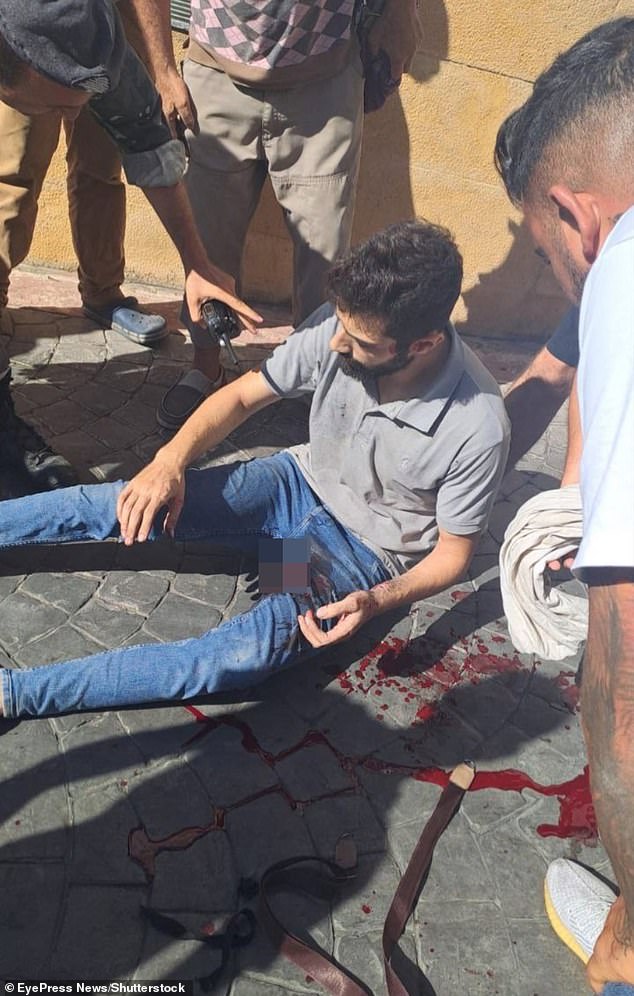
At least nine people were killed in the page bombings
Video footage from a Beirut supermarket shows Israel sending its deadly message to the world.
A Hezbollah attacker was seen in a supermarket looking confused as he pulled up his shirt after receiving a message on his pager, which lit up.
He stared at it for a second before the explosion occurred and he collapsed in the blink of an eye, as supermarket staff and other customers fled in panic.
Although Israel may have intended to eliminate Hezbollah fighters, nearly 3,000 people, many of them civilians, were seriously injured in the series of explosions.
Shocking video footage from medical institutes in the capital Beirut shows the dire consequences of the simultaneous explosions, which Hezbollah and the Lebanese government blame on Israel.
